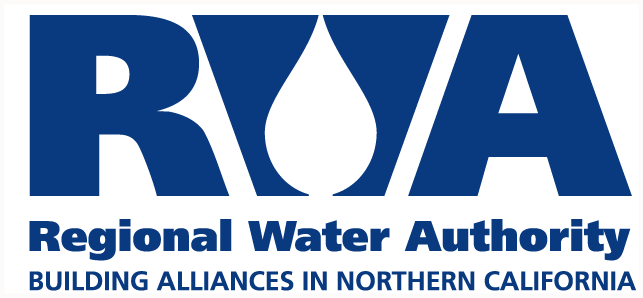SACRAMENTO, CA – In a landmark moment aimed at addressing California’s pressing water challenges exacerbated by climate change in California, Gov. Gavin Newsom has signed into law SB 659, officially titled the California Water Supply Solutions Act of 2023.
SB 659, authored by California Sen. Angelique V. Ashby (D-Sacramento) and co-sponsored by the Regional Water Authority (RWA) and California Association of Winegrape Growers, received widespread support for its approach to enhancing groundwater recharge as a sustainable water supply for California in adapting to increasing wet and dry extremes caused by climate change.
The legislation directs the California Department of Water Resources to provide actionable recommendations to develop additional opportunities that increase the recharge of the state’s groundwater basins without reducing the amount of water available for environmental purposes. The bill also requires the plan to protect safe drinking water and maintain a high level of water quality.
“We extend our congratulations and gratitude to Gov. Newsom and Sen. Ashby for their leadership,” said RWA Executive Director Jim Peifer. “This legislation not only paves the way for a sustainable water future in California by enhancing the management of our natural infrastructure—the reservoirs under our feet—it is also vital to the Sacramento region.”
The Sacramento region’s water system faces a unique challenge with the swings from flood to drought projected with climate change: the need to release water from Folsom Reservoir to prevent flooding, rather than storing it for drier periods. Local water providers via the Regional Water Authority are working on a crucial strategy to store more water underground during wet times for use during dry periods, the Sacramento Regional Water Bank.
Over 90 percent of the Earth’s freshwater resides beneath the Earth’s crust. In the Sacramento region, it’s been estimated that groundwater aquifers can store about twice the volume of water as Folsom Reservoir. In California, the potential for groundwater storage is enormous: about 1.3 billion acre-feet, compared to 50 million acre-feet of surface water capacity.
“This law puts a spotlight on groundwater as a climate change hero by providing the impetus for California to optimize state infrastructure, operational protocols and regulatory mechanisms to harness and store excess water in the groundwater aquifer when it’s available,” Peifer said.
“It marks a significant milestone in California’s journey toward securing a reliable and sustainable water supply for generations to come,” Peifer continued, “underscoring the state’s commitment to responsible water management, environmental preservation, and the enduring prosperity of California.”
The Regional Water Authority (RWA) is a joint powers authority representing nearly two dozen water providers serving 2.2 million people in the greater Sacramento region. Formed in 2001, its primary mission is to serve, represent and align the interests of regional water providers and stakeholders for the purpose of improving water supply reliability, availability, quality and affordability. Learn more about RWA at rwah2o.org and the Sacramento Regional Water Bank at SacWaterBank.com.


